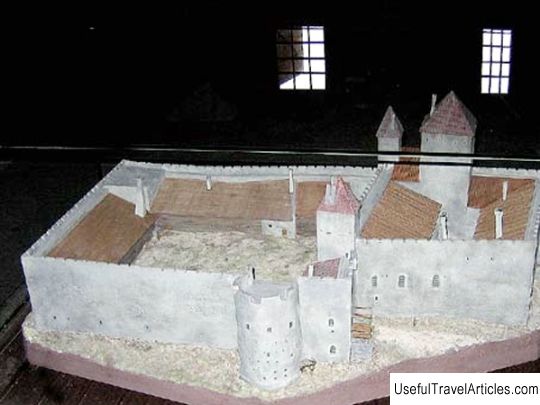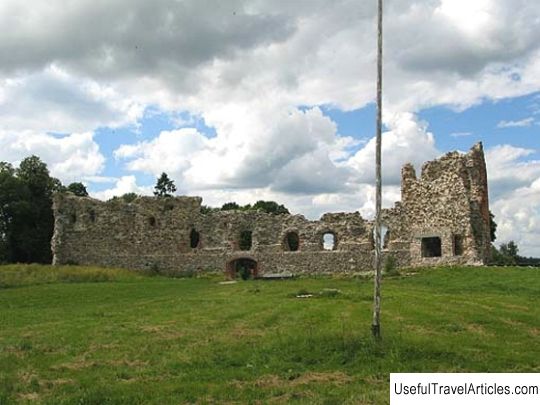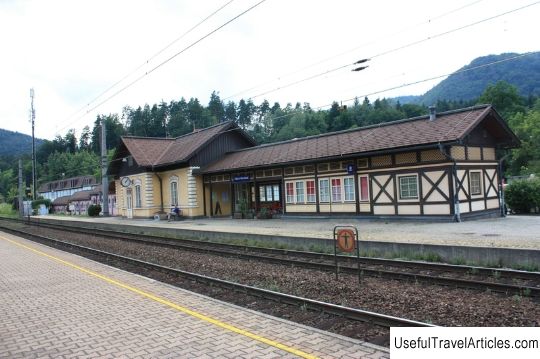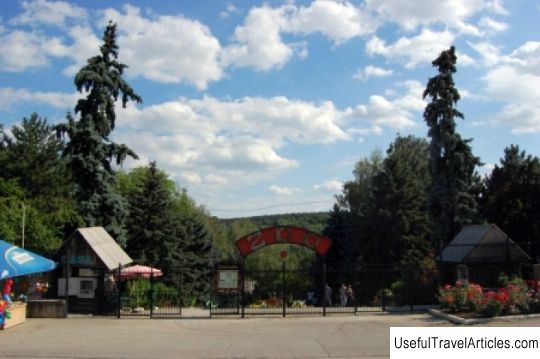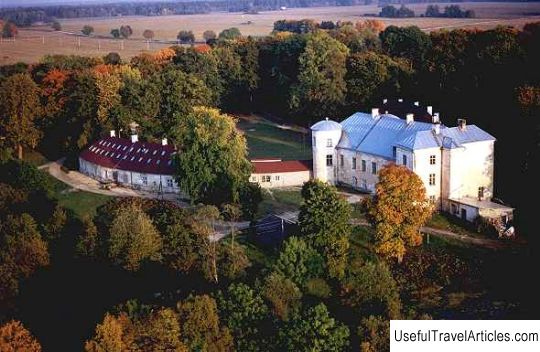Toolse ordulinnus castle description and photos - Estonia: Rakvere
Rating: 8,2/10 (301 votes) 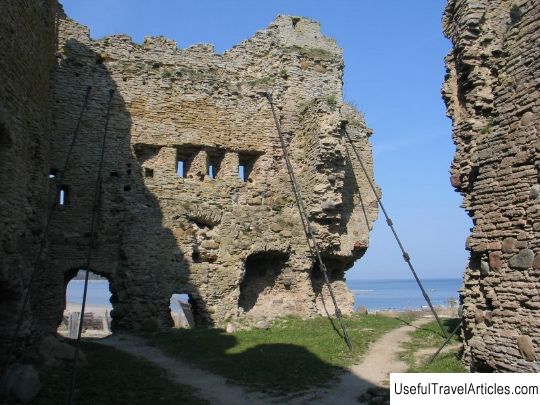
Toolse ordulinnus castle description and photos - Estonia: Rakvere. Detailed information about the attraction. Description, photographs and a map showing the nearest significant objects. The name in English is Toolse ordulinnus. Photo and descriptionToolse Castle, or rather its ruins, are located in Viru County. Found in Russian documents under the name Tolsburg and Tolschebor. It is assumed that the castle was built in 1471. It is believed to be the last of the Livonian Order castles in Estonia. Toolse Castle is the northernmost fortress in Estonia. Toolse is built on the coast of the Gulf of Finland not far from the water. The castle was founded by order of the Master of the Livonian Order Johann von Wolthusen-Hertz, 4 km from the current city of Kund. Initially, the castle was called Fredeburg, which means "Peace Castle". The original purpose of its construction was to protect the harbor and coast from pirates. Originally, the castle was called Fredeburg ("Peace Castle") and was intended to protect the harbor and coast from pirates. There is not much information about the castle, as it was rarely mentioned in historical chronicles. The three-storey castle was originally built, as a result of rebuilding at the end of the 15th-16th centuries. a building with several courtyards was formed, which served as the residence of the Livonian Order. The length of this building was 55 meters. A number of sources say that the castle was damaged during the Livonian War in 1558, when the troops of Ivan the Terrible tried to capture the castle. However, according to the chronicles of Balthazar Russov, Toolse Castle was surrendered without a fight. Then the nobles leaving the castle consoled each other: “Let the Russians take the lands and cities for themselves, the Danish king will take them away from them again.” By order of Ivan the Terrible in 1570, new fortifications were built in Toolse. After repeated attempts to capture the castle, the Swedes managed to occupy Toolse in 1580-81. During the Northern War, the castle was destroyed, and then the town near the castle walls ceased to exist. Walls facing land are much better preserved today than those facing the sea. In the 20th century, the ruins were fortified and mothballed, thus preserving the walls from further destruction. In modern photographs, yellow diamonds can be seen on the wall surfaces - these are the fastening parts of the guy wires that strengthen the walls.             We also recommend reading Kazan City Hall description and photo - Russia - Volga region: Kazan Topic: Toolse ordulinnus castle description and photos - Estonia: Rakvere. |
